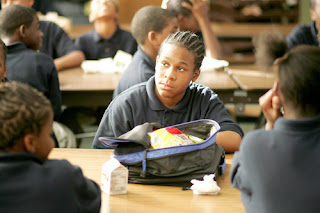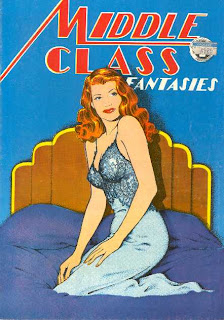 High school juniors take the SAT (formerly called the Scholastic Assessment Test) in Clemson, South Carolina. The test is designed to assess math and verbal abilities and is required of applicants to most colleges in the United States. Mary Ann Chastain/AP/Wide World Photos
High school juniors take the SAT (formerly called the Scholastic Assessment Test) in Clemson, South Carolina. The test is designed to assess math and verbal abilities and is required of applicants to most colleges in the United States. Mary Ann Chastain/AP/Wide World PhotosThe Official SAT Question of the Day™
A florist buys roses at $0.50 apiece and sells them for $1.00 apiece. If there are no other expenses, how many roses must be sold in order to make a profit of $300?
a)100 b)150 c)200 d)300 e)600
There are interesting social implications and unforeseen consequences that make a critical examination of the scholarships worthwhile. My last blog, Problems with Merit talked about potential pressures within the High School academic community to cheat, perhaps in ways destructive to other students, to win this huge prize. I don’t believe that this is an exaggeration. It is human nature to consciously or subconsciously favor your children, relatives and members of your social class. In any case I am certain that my readers can relate stories of their own about favoritism in the classroom. In keeping with my earlier theme of class and caste, I think it is obvious that this prize favors the middle class and could even encourage further middle class favoritism in the school.
Mind you, I don’t know the name of even one person on this scholarship selection committee. But there isn’t really a broad choice available. Ideally you would want wealthy philanthropists, university administrators, an African American activist, and some up and coming entrepreneurs. In other words, if this money is aimed at the middle class, you don’t want middle class people making the decision. They are too close to the spoils. In this case the Lilly Foundation represents the very wealthy philanthropist tossing a nice bone to the middle class. I suppose the Lilly foundation envisions the local upper crust properly representing the Lilly's intent, in other words, rich people granting a nice prize to some smart middle class kids. Here in Starke County the upper crust is very thin. The factory owners live elsewhere. There is no university, African American activists, or wealthy philanthropists. There is the odd rich farmer, and wealthy merchant. But mostly the pool for the selection committee is the usual upper middle class professions: lawyers, doctors, and teachers. They are very close to the potential recipients in many ways. I think too close. Certainly this isn’t a case of the rich handing out a prize to the middle class.
Of course I have a suggestion. Make the Community Foundation Lilly Scholarship a pure merit prize based entirely on objective criteria. A simple solution would be SAT scores. Everybody is equal: boys, girls, Knox students, and home-schoolers, even dropouts. Do you know that some really bright students are happily accepted to university without a high school diploma? No student would have reason to believe that they would be at any disadvantage due to coming from a “bad” family or having a powerful enemy. The only down side would be if more than 2 or 3 students had perfect SAT scores. But wouldn’t that be a great problem to have!






